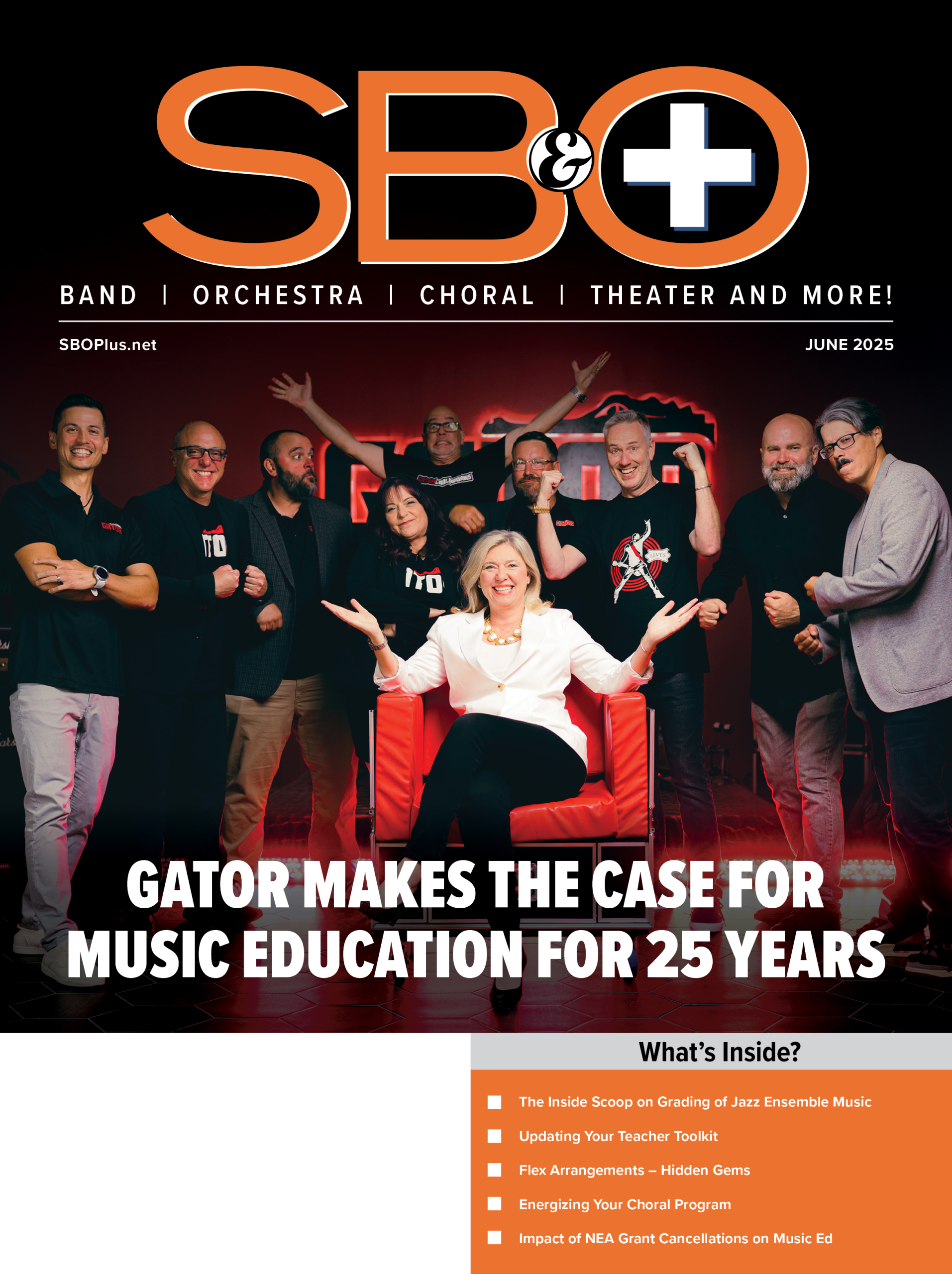By Fred Bogert
There are times when I like to write music for choirs that is easy to accompany, easy to sing, easy to adapt for different performances, easy for the audience to sing along with, and yet strong enough in its sound in performance to justify its place in the repertoire. One of the forms of music that lends itself to this approach is the two-part round. I’ve seen lots of those over the years, and the ones that show up in nursery rhymes are still with most of us, especially if we have little kids around the house!
For older folks I have found that rounds can carry a bit more complexity in rhythm, melody and harmony, and yet still be easy to play and sing. I’m including an example here for you to experiment with if you’d like. It’s been performed a bunch of times by a variety of singers. Perhaps the biggest advantage of a piece of this kind is that it fits so many different groups and venues. When performed by a large choir and full band ( we did this once with a 90-piece choir and 6 piece gospel band ) it worked just as well as when it was used by four singers and a folk guitarist to lead 50 folks in a sing-along.
Let’s look at some of the aspects that make this round work. First, it’s a sixteen measure round, so the full melody is twice that long, and balances repeated phrases with evolving pitch ranges to naturally establish a good range of dynamics over the first 32 measures of performance. The piece can be scored that way when needed—presented as 32 measures of unison (or 8ve unison), before adding a second stave (bass or treble as needed) for the round. That being said, I prefer to just hand this one-page version out and map the performance by directing the singers, “all sing line 2, then line 1, then SA – line 2 three times while TB – line 1 tacet one time, then line 1 two times, then… etc.” As you can imagine, this gives the director total flexibility to fit the individual performance to the singers, the players and the crowd. It can be really fresh and fun to vary the elements of performance like this.
Another important aspect of this round that helps it work well is the flow of the melodic and harmonic texture between the voices. Notice the groups of eighth notes that occur for time to time in both voices together. They provide moments of solid harmony that comes and goes, naturally producing dynamics that are fun for the performers and the audience, whether they’re singing along or not. Also, between those congruent groups of notes the two voices move independently enough to imply counterpoint, which is always a fine spice for the soup.
Finally, it’s easy to notice that the chord progression used to accompany this round is simple and repetitive. This encourages all kinds of musicians to participate in playing along with the singers. Wind players can even come aboard playing as part of the round. You can include them in your “performance map” to add even more adventure and fun to all this “playing a round!”





























